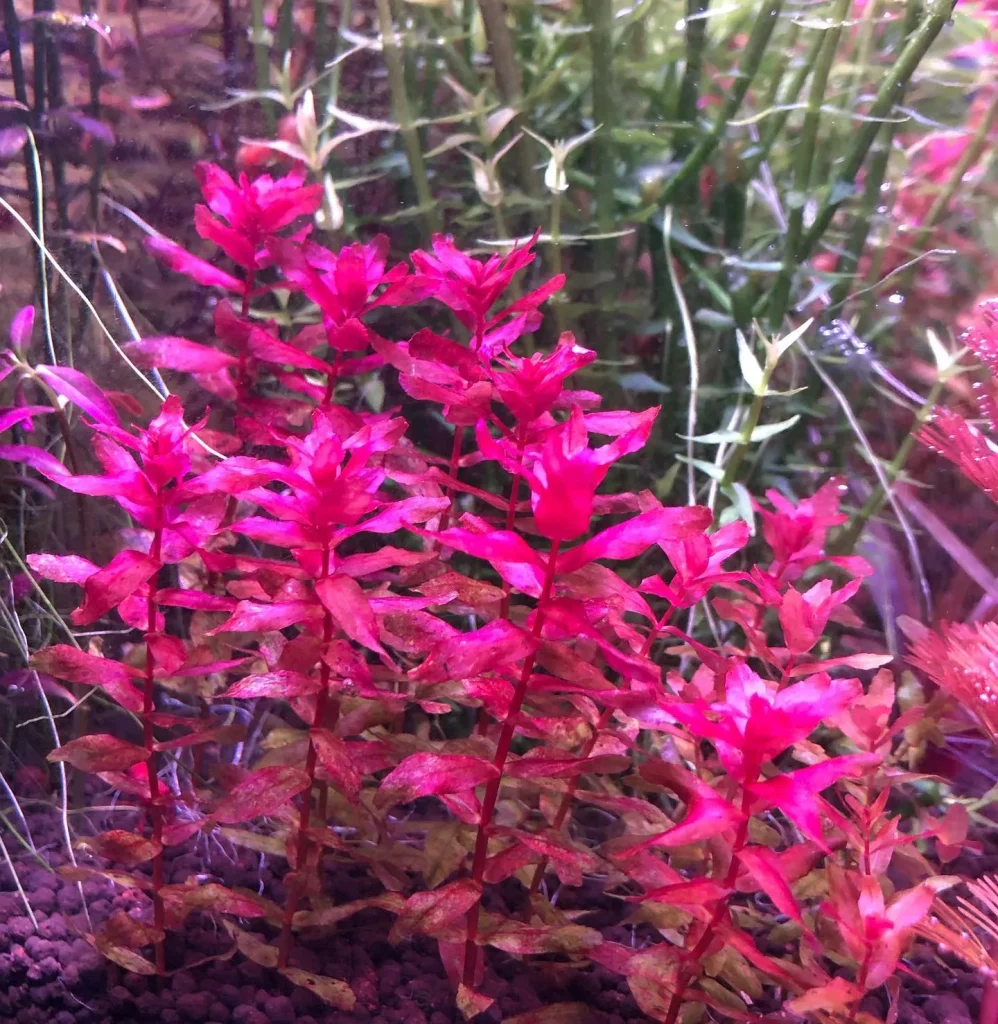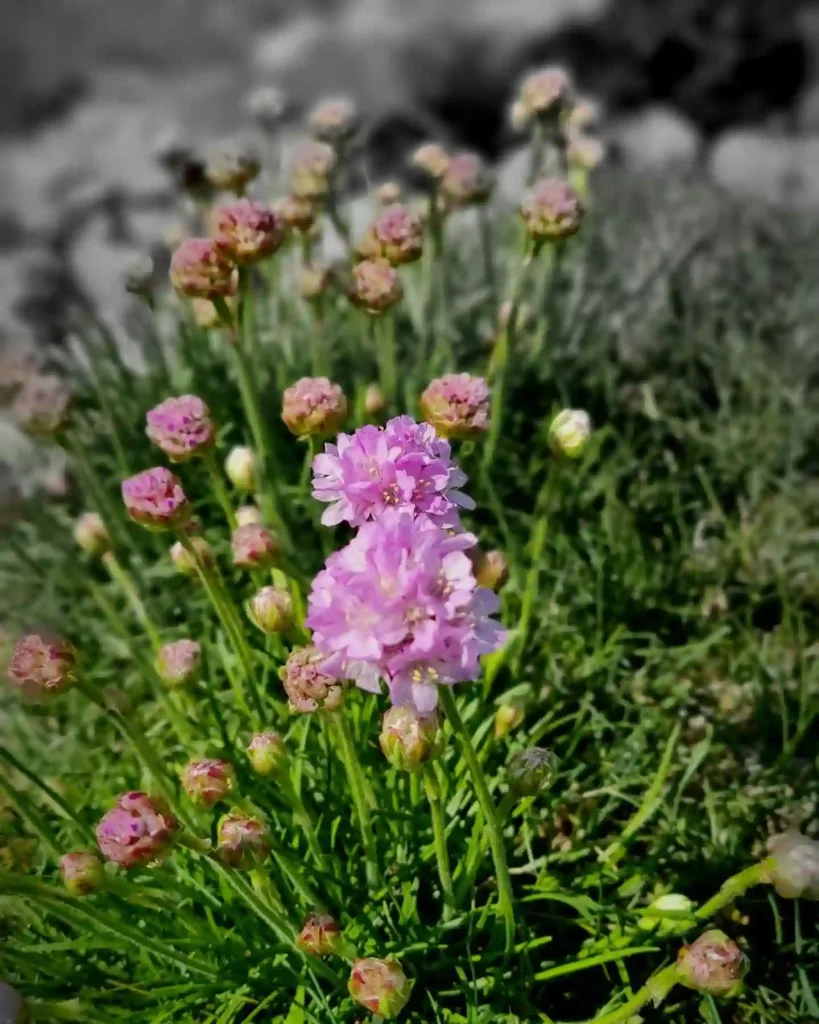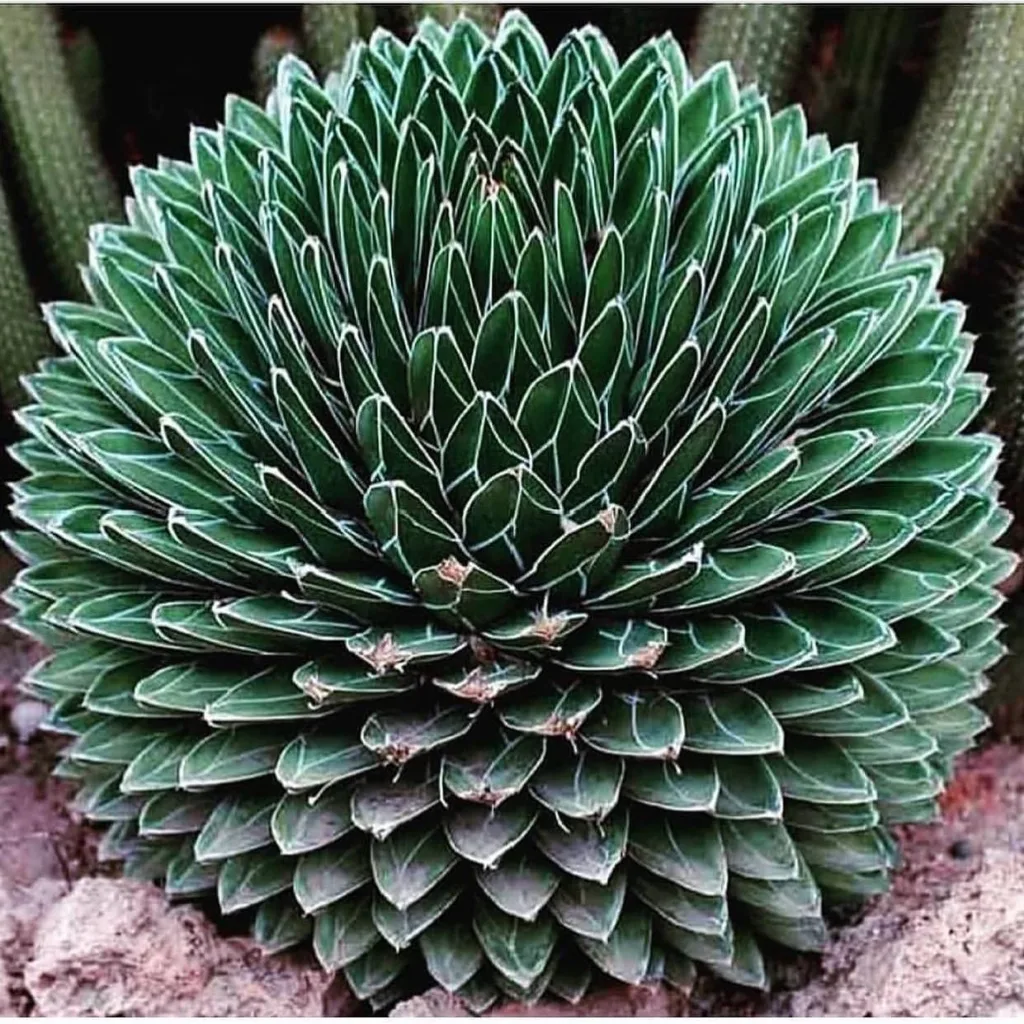The Golden Allure of Cassia Leptophylla: A Gardener’s Guide
Cassia leptophylla, or the Gold Medallion Tree, has captivated me with its vibrant yellow blooms and elegant, feathery foliage. This tropical native of Brazil has become a star in my garden, adding a touch of sunshine even on the dullest days. But beyond its undeniable beauty, the Cassia leptophylla offers a unique challenge – its seed pods. These long, brown pods hold the key to propagating this magnificent tree, but unlocking their secrets requires a little know-how.
Throughout my journey with Cassia leptophylla, I’ve delved into the intricacies of its seed pods. In this article, I’ll share the knowledge I’ve gleaned, hoping to empower fellow gardeners to cultivate this golden treasure.
37 Species in Genus Cassia
Do Cassia Leptophylla Seed Pods Crack in the Cold?
While Cassia leptophylla thrives in warm climates, a concern arises in colder regions – will the seed pods crack under the pressure of frost? The answer is – not necessarily. The pods themselves are fairly sturdy and can withstand some chilly nights. However, extreme cold snaps can cause them to split prematurely, potentially damaging the developing seeds within.
If you live in a region with harsh winters, consider harvesting the seed pods before the first frost arrives. This allows for controlled drying and cracking indoors, safeguarding the precious seeds.
How to Crack Cassia Leptophylla Seed Pods?
The key to successfully cracking Cassia leptophylla seed pods lies in patience and controlled force. Here’s my tried-and-tested method:
- Harvesting: Once the seed pods turn brown and dry, typically in late fall or winter, harvest them using secateurs.
- Drying: Ideally, allow the pods to dry naturally for a few weeks in a warm, well-ventilated area. This further dehydrates the pod walls, making them more susceptible to cracking.
- Cracking: There are several methods for cracking the pods. Here are two effective options:
- Twist and Snap: Gently twist the two halves of the pod in opposite directions. This should create a natural breaking point, revealing the seeds within. Be careful not to apply excessive pressure, as this can crush the seeds.
- Hammer and Vice: For stubborn pods, secure one end of the pod in a vice. Using a light hammer and a flat surface, gently tap along the length of the pod. This should encourage it to split open along its natural seam.
How to Propagate Cassia Leptophylla Seed Pods?
With your seeds liberated from their pod prisons, it’s time to embark on the exciting journey of propagation. Here’s what I’ve found works best:
- Scarification (Optional): Cassia leptophylla seeds have a hard outer coat that can impede germination. To encourage faster sprouting, you can scarify the seeds by gently nicking the coat with a nail file or sandpaper. However, this step isn’t always necessary, and some gardeners achieve excellent results without it.
- Soaking: Soak the seeds in lukewarm water for 24 hours before planting. This helps to soften the coat and improve hydration.
- Planting: Fill a pot with a well-draining potting mix. Sow the seeds about ½ inch deep and keep the soil consistently moist but not soggy.
- Germination: Place the pot in a warm location with plenty of indirect sunlight. Germination can take anywhere from two to four weeks.
- Care: Once seedlings emerge, provide them with ample sunlight and water them regularly. As they grow, you can gradually acclimatize them to outdoor conditions before transplanting them to their permanent location.
Where to Buy Cassia Leptophylla?
Finding Cassia leptophylla in local nurseries can sometimes be a challenge. However, with the rise of online plant retailers, acquiring this golden beauty becomes much easier. Simply search for reputable online nurseries specializing in exotic plants.
Additional Tips for Growing Cassia Leptophylla
- Light: Cassia leptophylla thrives in full sun, but it can also tolerate some afternoon shade in hotter climates.
- Soil: Well-draining soil is crucial to prevent root rot. Consider amending your planting area with sand or perlite if necessary.
- Watering: Water regularly during the growing season, allowing the soil to dry slightly between waterings.
- Fertilizer: Apply a balanced fertilizer once a month during the spring and summer months.
- Pruning: Regular pruning can help maintain a desired shape and encourage bushier growth.
With proper care and a little patience, your Cassia leptophylla will reward you with years of vibrant blooms and its unique charm. So, embrace the golden allure of this tropical treasure and add a touch of sunshine to your garden!
If i die, water my plants!



